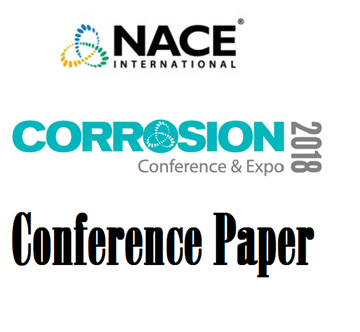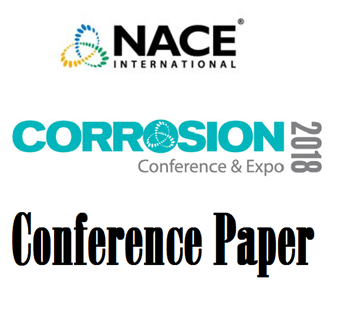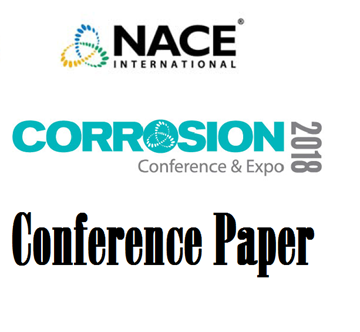Search
51318-11007-Data Integration Techniques to Support Meaningful Visualization of Corrosion Data
Also Purchased
51318-11006- ISO 12736 1-Year Material Exposures: Testing Considerations and Interpretation of Resul
Product Number:
51318-11006-SG
Publication Date:
2018
$20.00
51318-11004-Frequency dependence in AC Harmonic Interference to Pipelines
Product Number:
51318-11004-SG
Publication Date:
2018
$20.00
51318-11009-Coating System to Mitigate Against Hydrogen Cracking in Gas Dehydration Unit
Product Number:
51318-11009-SG
Publication Date:
2018
$20.00




